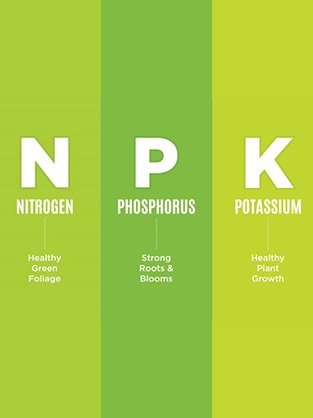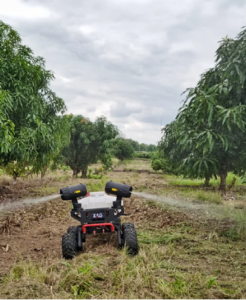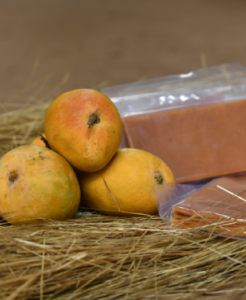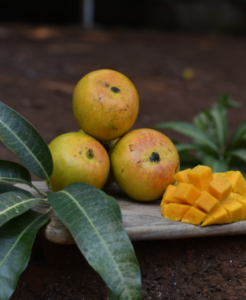Macro Nutrients
- Primary Nutrients
- Nitrogen- N
Function-
- N is biologically combined with C, H, O and S to create amino acids, which are the holding blocks of proteins
- Amino acids are used in forming protoplasm, the site for cell division and thus for plant growth and development.
- Since all plant enzymes are made of proteins, N is needed for all of the enzymatic reactions in a plant.
- N is a major part of the chlorophyll molecule and is therefore necessary for photosynthesis.
- .N is a necessary component of several vitamins.
Deficiency symptoms
- Stunted growth may occur because of reduction in cell division.
- Pale green to light yellow colour (chlorosis) appearing first on older leaves.
- Depending on the severity of deficiency, the chlorosis could result in the death and/or dropping of the older leaves. This is caused by the translocation of N from the older to the younger tissues.
- Reduced N lowers the protein content of seeds and vegetative parts. In severe cases, flowering is greatly reduced.
- Flowering, fruit-bud formation and fruit setting are reduced.
- Fruits are poorly coloured with poor eating quality and storage properties.
- .N deficiency causes early maturity in some crops, which results in a significant reduction in yield and quality.
- Phosphorus
Functions
- In photosynthesis and respiration, P plays a major role in energy, storage and transfer as ADP and ATP (adenosine di- and triphosphate) and DPN and TPN (di- and tripho-sphopy-ridine-nucleotide).
- P is part of the RNA and DNA structures, which are the major components of genetic information.
- Seeds have the highest concentration of P in a mature plant, and P is required in large quantities in young cells, such as shoots and root tips, where metabolism is high and cell division is rapid.
- P helps in root development, flower initiation, and seed and fruit development.
- P has been shown to reduce disease incidence in some plants and has been found to improve the quality of certain crops.
Deficiency symptoms
- Because P is needed in large quantities during the early stages of cell division, the initial overall symptom is slow, weak, and stunted growth.
- P is relatively mobile in plants and can be transferred to sites of new growth, causing symptoms of dark to blue-green coloration to appear on older leaves of some plants. Under severe deficiency, purpling of leaves and stems may appear.
- Lack of P can cause delayed maturity and poor seed and fruit development.
- Potassium
Functions
- Unlike N and P, K does not form any vital organic compounds in the plant. However, the presence of K is vital for plant growth because K is known to be an enzyme activator that promotes metabolism.
- K assists in regulating the plant’s use of water by controlling the opening and closing of leaf stomates, where water is released to cool the plant.
- Through its role assisting ATP production, K is involved in protein synthesis.
- K has been shown to improve disease resistance in plants, improve the quality of fruits.
- In photosynthesis, K has the role of maintaining the balance of electrical charges at the site of ATP production.
- K promotes the translocation of photosynthates (sugars) for plant growth or storage in fruits or roots.
Deficiency symptoms
- The most common symptom is chlorosis along the edges of leaves (leaf margin scorching). This occurs first in older leaves, because K is very mobile in the plant.
- Because K is needed in photosynthesis and the synthesis of proteins, plants lacking K will have slow and stunted growth.
- In some crops, like alphonso mango stems are weak and lodging is common if K is deficient.
- The size of seeds and fruits and the quantity of their production is reduced.













